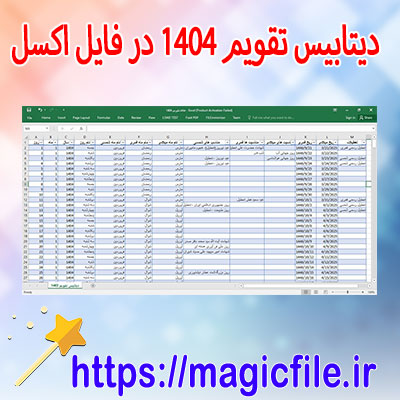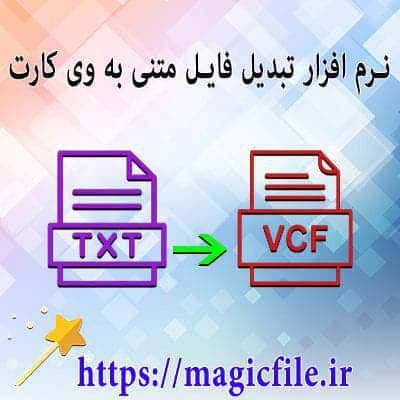آناتومی و فیزیولوژی قلب
قلب، عضوی حیاتی و مرکزی در سیستم گردش خون انسان است. این عضو در قفسه سینه قرار دارد و به اندازه یک مشت بزرگ است. قلب بهطور عمده از بافت عضلانی به نام میوکارد تشکیل شده است. این بافت قادر به انقباض و انبساط است و در نتیجه خون را به تمام نقاط بدن پمپاژ میکند.
ساختار قلب
قلب دارای چهار حفره اصلی است: دو دهلیز و دو بطن. دهلیزها خون را از بدن و ریهها دریافت میکنند. بطنها، خون را به خارج از قلب میپمپاژ میکنند.
- دهلیز راست: خون کماکسیژن را از بدن دریافت میکند.
- دهلیز چپ: خون غنی از اکسیژن را از ریهها دریافت میکند.
- بطن راست: خون کماکسیژن را به ریهها میفرستد.
- بطن چپ: خون غنی از اکسیژن را به تمام بدن پمپاژ میکند.
فیزیولوژی قلب
فیزیولوژی قلب به نحوه عملکرد آن در چرخههای مختلف اشاره دارد. قلب بهطور خودکار و هماهنگ میتپد. این تپش تحت کنترل سیستم الکتریکی خاصی به نام گره سینوسی (SA node) قرار دارد. این گره، سیگنالهای الکتریکی را تولید میکند و به عضلات قلب ارسال میکند تا انقباضات لازم را ایجاد کند.
چرخه قلبی
چرخه قلبی شامل دو مرحله اصلی است: دیاستول و سیستول.
- دیاستول: در این مرحله، قلب در حال استراحت است و خون به داخل حفرهها وارد میشود.
- سیستول: در این مرحله، قلب به انقباض در میآید و خون را به خارج میپمپاژ میکند.
نتیجهگیری
در نهایت، قلب نهتنها یک پمپ مکانیکی است بلکه با تنظیم فشار خون و توزیع اکسیژن به بافتها، نقش حیاتی در حفظ حیات انسان دارد. سلامت قلب، تأثیر مستقیم بر کیفیت زندگی دارد و بنابراین، مراقبت از آن بسیار مهم است.
ANATOMY AND PHYSIOLOGY OF THE HEART
Understanding the heart's structure and function is fundamental in medicine and biology. The heart, a muscular organ roughly the size of a fist, is situated slightly left of the midline in the thoracic cavity. It consists of four chambers: two atria (upper chambers) and two ventricles (lower chambers). The right atrium receives deoxygenated blood from the body through the superior and inferior vena cavae, while the left atrium receives oxygenated blood from the lungs via the pulmonary veins.
The ventricles, more muscular and larger, pump blood to the lungs and the rest of the body, respectively. The right ventricle pushes blood to the lungs for oxygenation through the pulmonary artery, which is unique because it carries deoxygenated blood. Conversely, the left ventricle pumps oxygen-rich blood through the aorta to various systemic arteries, ensuring the body's tissues receive vital nutrients and oxygen.
The heart's walls are composed of three layers: the epicardium (outer layer), myocardium (middle muscular layer), and endocardium (inner lining). The myocardium's muscular tissue is responsible for contractions, facilitating blood ejection during each heartbeat. Intricate structures like the septa divide the chambers, preventing mixing of oxygenated and deoxygenated blood.
VALVES AND CIRCUITRY
Valves within the heart maintain unidirectional blood flow. The atrioventricular (AV) valves—the tricuspid and mitral valves—operate between atria and ventricles, preventing backflow during ventricular contraction. The semilunar valves—the pulmonary and aortic valves—regulate blood flow from ventricles into arteries, opening during systole and closing during diastole.
The conduction system orchestrates heartbeats with remarkable precision. It comprises the sinoatrial (SA) node, atrioventricular (AV) node, bundle of His, and Purkinje fibers. The SA node, the natural pacemaker, initiates electrical impulses that spread through atria, causing atrial contraction. These impulses then reach the AV node, which delays transmission, allowing ventricles to fill before contracting. The bundle branches and Purkinje fibers distribute impulses throughout ventricles, leading to synchronized ventricular contraction.
PHYSIOLOGY AND FUNCTION
The primary function of the heart is to pump blood, ensuring oxygen and nutrients reach tissues while removing waste products. This process revolves around the cardiac cycle, involving systole (contraction) and diastole (relaxation). During systole, ventricles contract, ejecting blood into pulmonary and systemic circulations; during diastole, chambers relax, filling with blood.
The efficiency of this process depends on several factors: preload (initial stretching of cardiac fibers), afterload (resistance ventricles must overcome), contractility (force of myocardial contraction), and heart rate. These elements are tightly regulated by neural and hormonal mechanisms, including sympathetic and parasympathetic nervous systems, which adjust heart rate and strength of contractions according to the body's needs.
VASCULAR SUPPLY AND CORONARY CIRCULATION
The heart receives its own blood supply through coronary arteries, which branch off the ascending aorta. The right coronary artery supplies the right side, while the left divides into anterior descending and circumflex branches, nourishing the left atrium, left ventricle, and parts of the septum. Adequate coronary circulation is vital; any blockage can lead to ischemia or infarction, causing myocardial damage.
CONCLUSION
In summary, the heart's complex anatomy and physiology work seamlessly to sustain life. Its chambers, valves, conduction system, and vascular supply are intricately designed for efficient blood circulation, adapting dynamically to the body's demands. Recognizing these aspects provides crucial insight into cardiovascular health and disease management.





